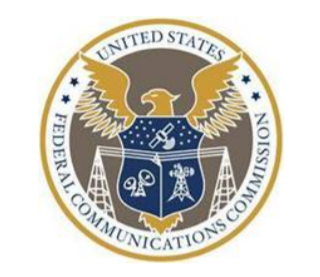The Coalition for Coordinated Sharing is asking the FCC to develop rules to open the 10–10.5 GHz band for point-to-point use on a shared basis with incumbents. The group comprises the Wireless Internet Service Providers Association (WISPA), Cambium Networks, the Open Technology Institute at New America, and consumer advocacy group Public Knowledge.
The Coalition proposes new Part 101 rules to permit up to 500 MHz in the band to be licensed on a non-exclusive basis for non-federal point-to-point communications governed by an FCC-approved Automated Frequency Coordination system. Federal incumbents and amateur radio enthusiasts use the band now.
It’s becoming increasingly difficult to find greenfield spectrum below the 12 GHz band to connect tower sites, enterprises and devices. Therefore, sharing spectrum in the 10 GHz band represents the most viable means to solve congestion and meet consumer demand for more robust broadband and IoT services, according to the coalition.
It says the recent emergence of the CBRS band and its marketplace success, due in no small measure to Spectrum Access System (SAS) sharing technology, provides useful guidance. The SAS cloud-based system manages the wireless communications of devices transmitting in the CBRS band, in order to prevent harmful interference to higher priority users. It’s an automated spectrum coordinator responsible for assigning spectrum channels and their associated transmit power to CBRS devices. The SAS uses information provided by Environmental Sensing Capability sensors to manage the spectrum.
In a petition for Rulemaking filed on Tuesday, the Coalition says its sharing proposal would be “far less” complicated than the CBRS SAS and would be akin to AFC systems now being developed for the 6 GHz band for standard power use.
“The Coalition’s proposal would be especially useful for backhaul, middle mile, and other point-to-point services which are essential to the provision of wireless access,” noted WISPA VP of Policy Louis Peraertz. “It would allow policymakers to accommodate future growth by getting more juice out of underutilized spectrum in a manner that protects incumbents from unreasonable interference.“
Michael Calabrese, director of the Wireless Future Project, part of New America’s Open Technology Institute said, “Using a geographic coordination system, this underutilized band could also accommodate shared use with broadband providers in many rural, tribal and other underserved areas. We urge the FCC to seek comment and to confer with the NTIA about how this spectrum can be put to more intensive use to help close the rural digital divide.”
By Leslie Stimson, Inside Towers Washington Bureau Chief




Reader Interactions